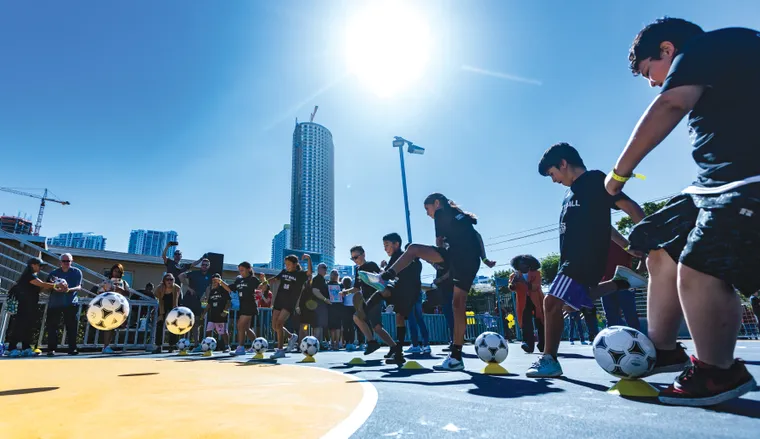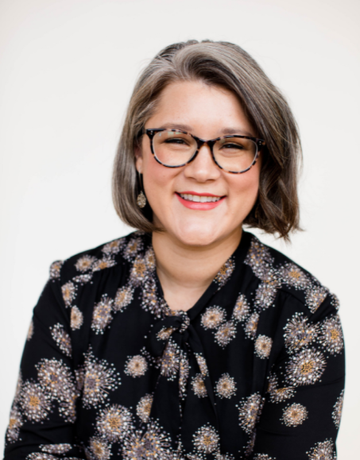U.S. Soccer Foundation’s mini-pitch initiative spreads the sport in small spaces
Excitement permeated the playground at Burnet Elementary in Dallas, Texas as students wearing U.S. Soccer Foundation jerseys lined up for a ceremonial “first kick.” The crowd was gathered to celebrate a new soccer mini-pitch system designed and donated to spread the sport. Speeches, an inaugural scrimmage, and a feast supplied by Buffalo Wild Wings Foundation rounded out the festivities.
“While soccer is having its moment in the spotlight in the lead-up to the 2026 Men’s World Cup, we want millions of kids to have their moment, too,” says Ed Foster-Simeon, President & CEO of U.S. Soccer Foundation.
The Burnet Elementary ribbon-cutting marked the 750th project in the U.S. Soccer Foundation’s “Safe Places to Play” program, an initiative to create 1,000 mini-pitches across the country by 2026. Supporters cheered the unveiling of the customized hard-court surface, which was made possible through philanthropic partnerships.


